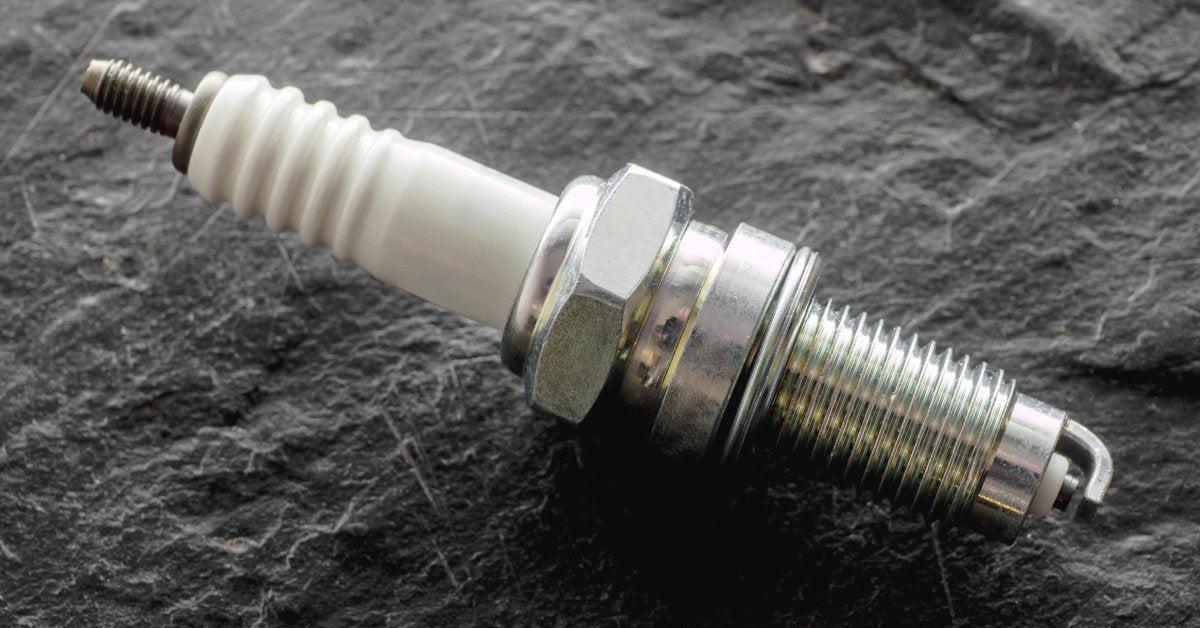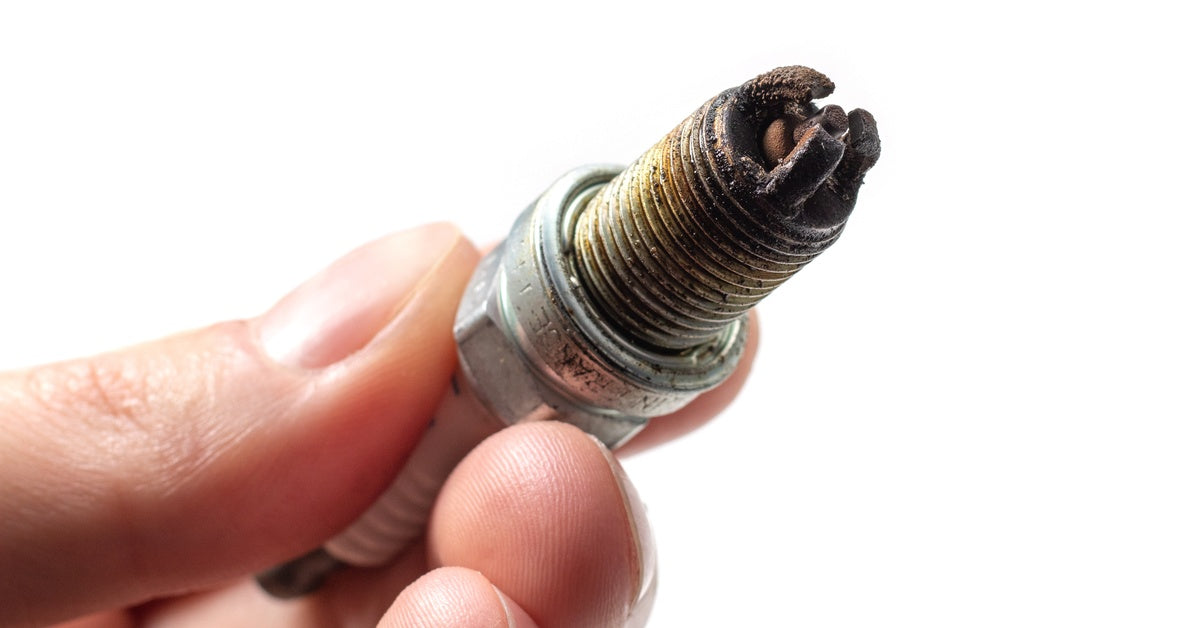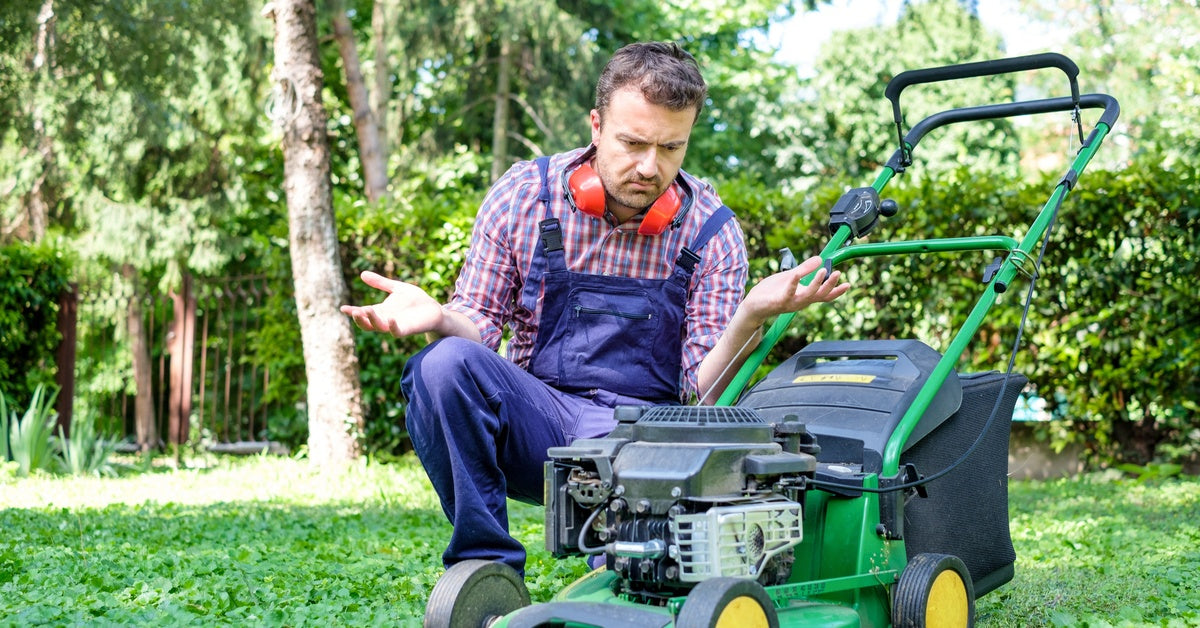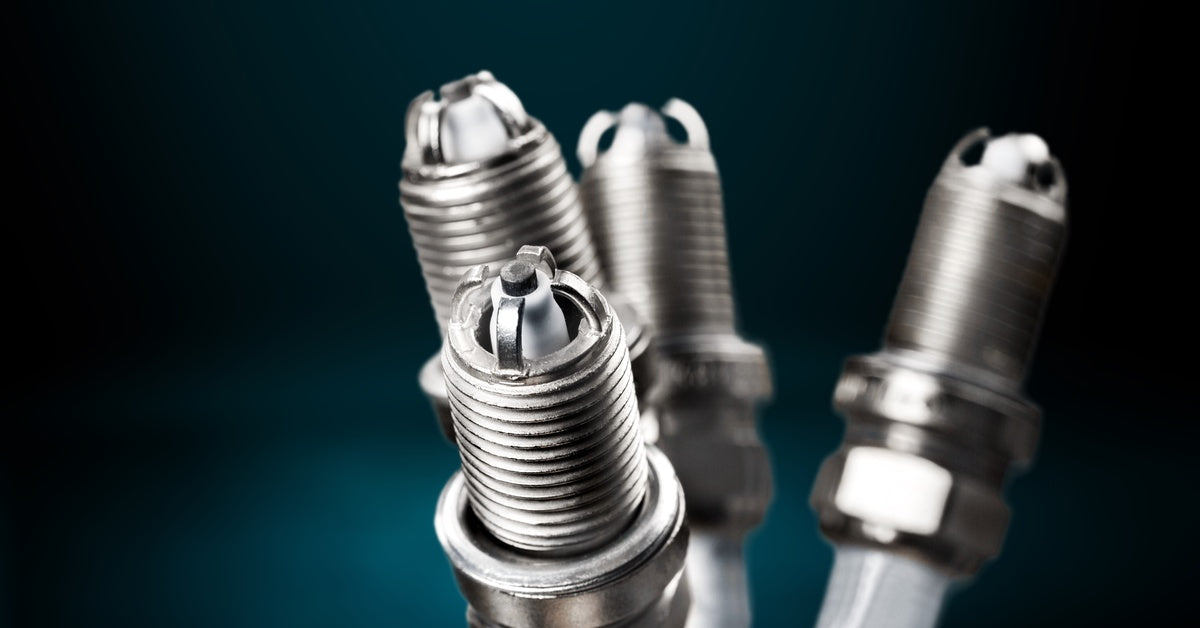
Spark plug issues can spell trouble for watercraft owners. When spark plug efficiency falters, performance drops, and bigger mechanical problems may emerge. This blog uncovers eleven common causes of spark plug failure in watercraft engines and offers insights to maintain engine health and prevent unnecessary repairs.
1. Carbon Fouling
Carbon fouling is a frequent watercraft issue resulting from a rich fuel-to-air mixture. When excess fuel combines with insufficient air, unburned fuel leaves carbon deposits on the spark plug. This buildup disrupts the spark’s ability to ignite the fuel properly.
Carbon fouling can also reduce engine performance and fuel efficiency. Use high-quality fuel to minimize the likelihood of carbon deposits forming. Inspect your spark plugs regularly for thick, black carbon residue. Fixing this issue often involves adjusting the carburetor or checking fuel injectors to restore the correct mixture.
2. Oil Fouling
Oil that leaks into the combustion chamber coats the spark plug and prevents proper ignition. Worn piston rings, valve seals, or over-lubrication in 2-stroke engines cause fouling. To mitigate this risk, use the correct type of oil, and lubricate the engine. You’ll recognize oil-fouled plugs by their slick, wet appearance. Repairing this problem might require replacing worn engine parts or checking the oil delivery system.
3. Incorrect Spark Plug Heat Range
Using the wrong heat range for your PWC spark plugs can lead to overheating or excessive fouling. Hot plugs dissipate less heat, while cold plugs expel more heat. Personal watercraft require spark plug heat ranges determined by engine design and operating conditions. Check your owner’s manual for the correct spark plug specifications.
4. Improper Spark Plug Gap
The gap between the center and ground electrodes must be precise for optimal engine performance. An incorrectly gapped plug may fail to ignite the fuel-air mixture effectively, leading to misfires or poor engine response.
The correct gap also improves fuel efficiency and reduces emissions. Always check the gap between new spark plugs, as they may not come pre-gapped for your engine. Replace spark plugs if they show signs of wear, such as eroded electrodes or excessive deposits. Use a gap tool to measure and adjust the gap to your engine’s specifications for a strong, consistent spark.
5. Premature Electrode Wear
If the electrodes wear out prematurely they compromise spark generation and engine efficiency. This wear results from extended usage or poorly designed plugs that don’t handle the engine’s needs.
If the electrodes wear out, you may notice harder engine starts, reduced fuel efficiency, or sluggish performance. Regular inspections can help identify wear before it affects engine health. High-quality plugs from E3 Spark Plugs can extend the life of your engine’s ignition components in demanding conditions.
6. Engine Overheating

Excessive engine heat is a common culprit behind rapid plug degradation, often damaging the electrodes through burning or causing thermal expansion. This issue is linked to problems within the cooling system, such as low coolant levels, clogged passages, or faulty components like thermostats or water pumps. When the engine’s cooling system fails to regulate temperature, it accelerates wear on the spark plugs and other vital engine components.
Addressing potential overheating issues should be a priority to maintain engine health. Inspect the radiator for leaks or blockages, maintain sufficient coolant levels with a balanced mixture, and examine the hoses’ condition. Replace a malfunctioning thermostat if it gets stuck in either the open or closed position. Warning signs like rising engine temperature gauges, steam from the hood, or unusual noises could indicate overheating.
7. Excessive Idling
Frequent idling can have a noticeable impact on your vehicle’s performance. When a car idles for extended periods, incomplete combustion leads to carbon deposits on spark plugs. When that happens, it hinders their ability to generate a clean spark. Furthermore, these deposits can spread to other parts of the engine, potentially clogging valves and reducing fuel efficiency.
It’s important to minimize unnecessary idling, like turning off your engine if you’re parked. Additionally, periodically revving up the engine during operation can help burn off any carbon deposits that may have formed, especially if the vehicle has been used for low-speed, stop-and-go driving.
8. Water Intrusion
Water intrusion is a unique risk for watercraft engines, given their operating environment. Water entering the engine’s combustion chamber can damage the spark plugs by causing corrosion or fouling. To prevent this, inspect engine seals, exhaust systems, and other areas where water might enter. Quick action is essential if water exposure occurs.
9. Detonation and Preignition
Detonation and preignition occur when the air-fuel mixture ignites prematurely, before the spark plug delivers its spark at the correct time. This early ignition creates excessive pressure and heat within the combustion chamber. Common causes include using low-octane fuel, an incorrect spark plug heat range that doesn’t suit the engine’s requirements, or carbon deposits in the combustion chamber that can act as hot spots and trigger unintended combustion.
Instead, invest in higher-octane fuel, especially for high-compression or performance engines that require it. Additionally, addressing potential engine tuning issues such as lean air-fuel mixtures or poor cooling can prevent these problems.
10. Contaminated Fuel

Contaminated or poor-quality fuel can introduce impurities into the combustion process. These impurities can cause misfires, reduce fuel economy, and prevent the engine from starting. Consider using fuel stabilizers to maintain quality during storage. Filling your vessel with high-grade fuel allows proper combustion and better performance. Pay close attention to your fuel storage methods. Seal containers tightly, and keep them in clean, dry environments to prevent water, dirt, or debris from mixing into the fuel supply.
11. Aging Spark Plugs
Finally, like all mechanical components, plugs wear out over time. Even without major fouling or damage, aging plugs lose their ability to provide a reliable spark. Follow the service intervals and replacement recommendations from your engine manufacturer. For some, this may be every 100 hours of operation, while others might stretch closer to 300 hours.
Keep Your Watercraft Engine Running Smooth
These eleven common causes of spark plug failure in watercraft engines can reduce downtime while supporting reliable performance. Regular inspections and proper maintenance are key to avoiding costly repairs and breakdowns.
Preventive care keeps your engine firing efficiently. Next time you evaluate your watercraft, take a closer look at the condition of your spark plugs. Consider upgrading to E3 Spark Plugs for reliable, high-performance results that make every ride more powerful.
Maintaining great engine health starts with the basics, and spark plugs are no exception. Don’t wait—check your plugs today, and experience the difference E3 Spark Plugs can make!







